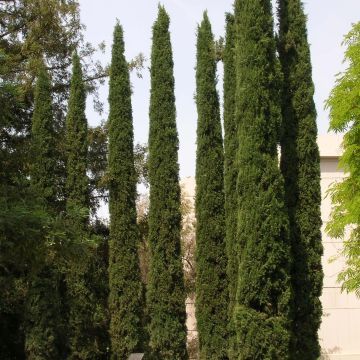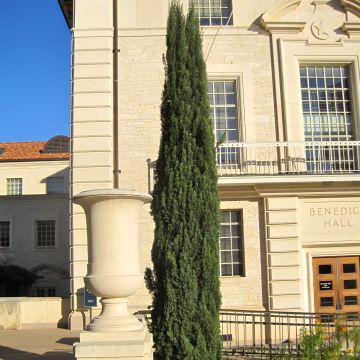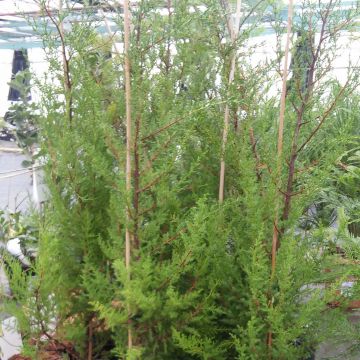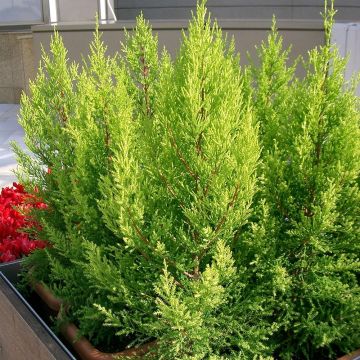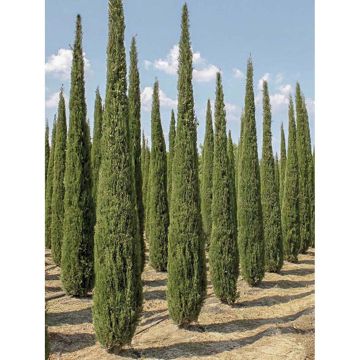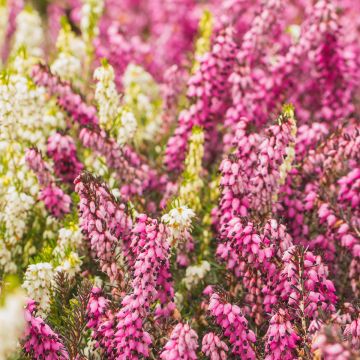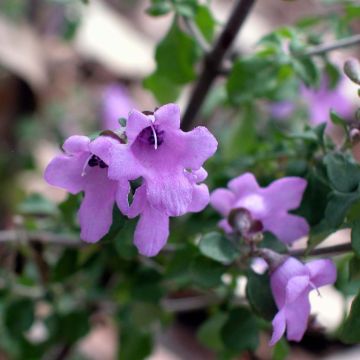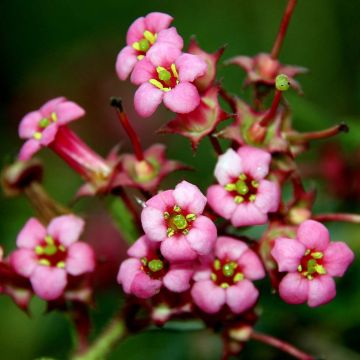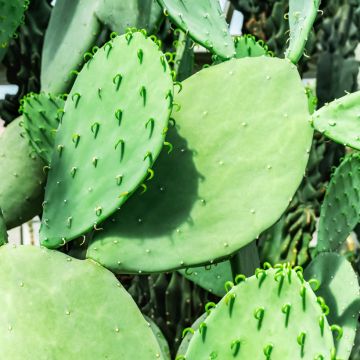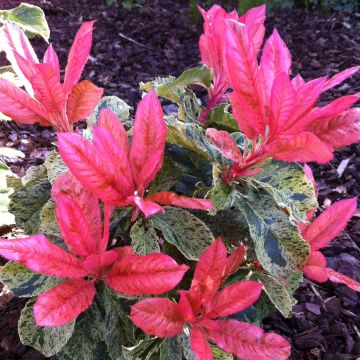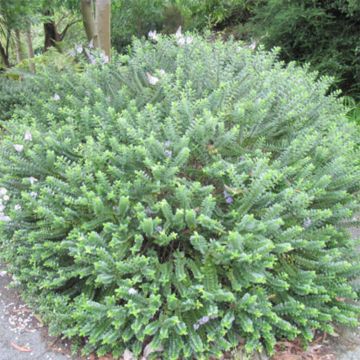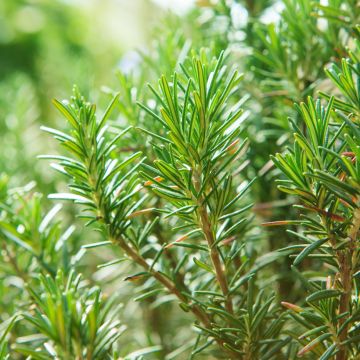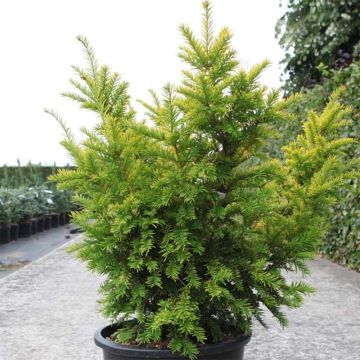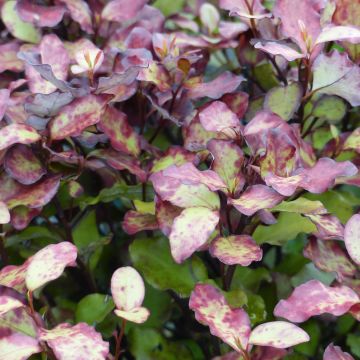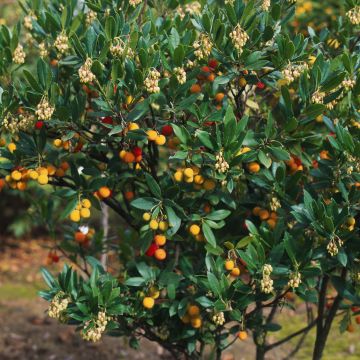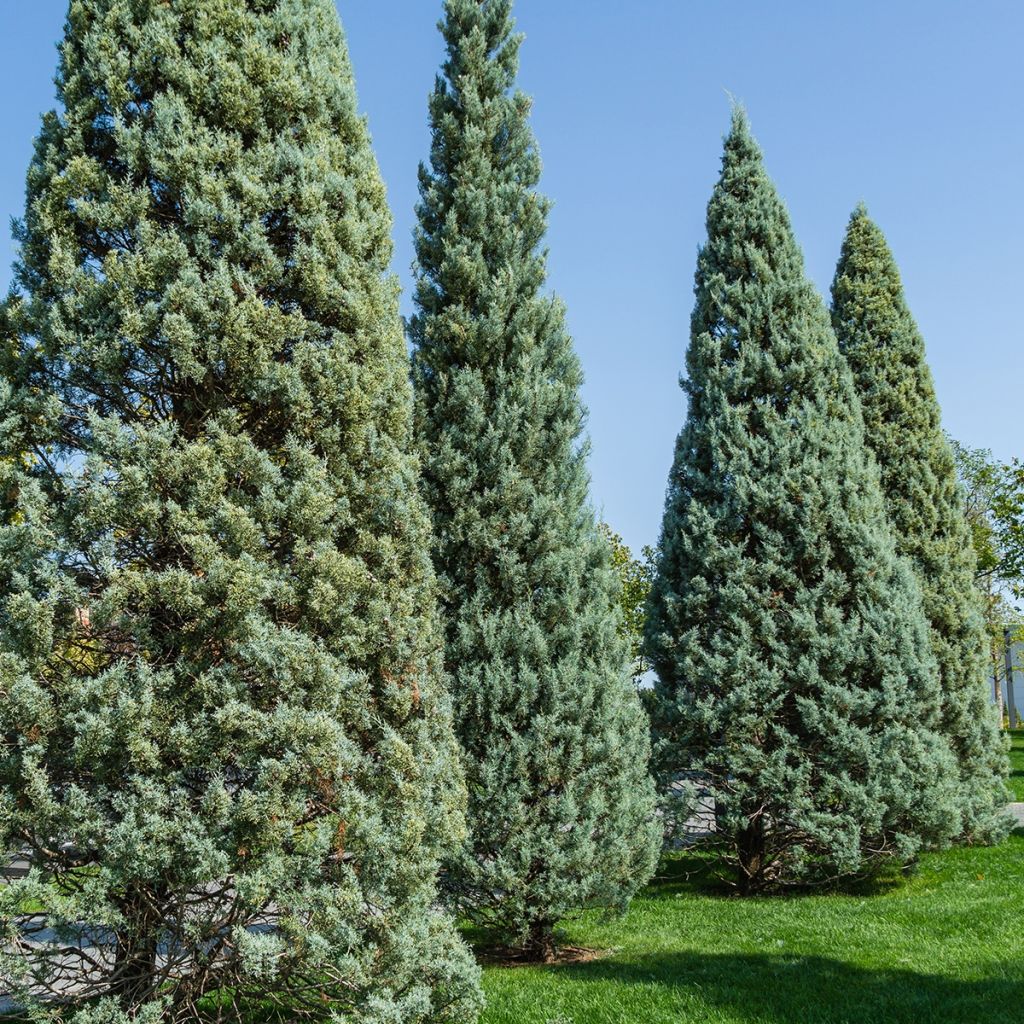

Cupressus arizonica Fastigiata
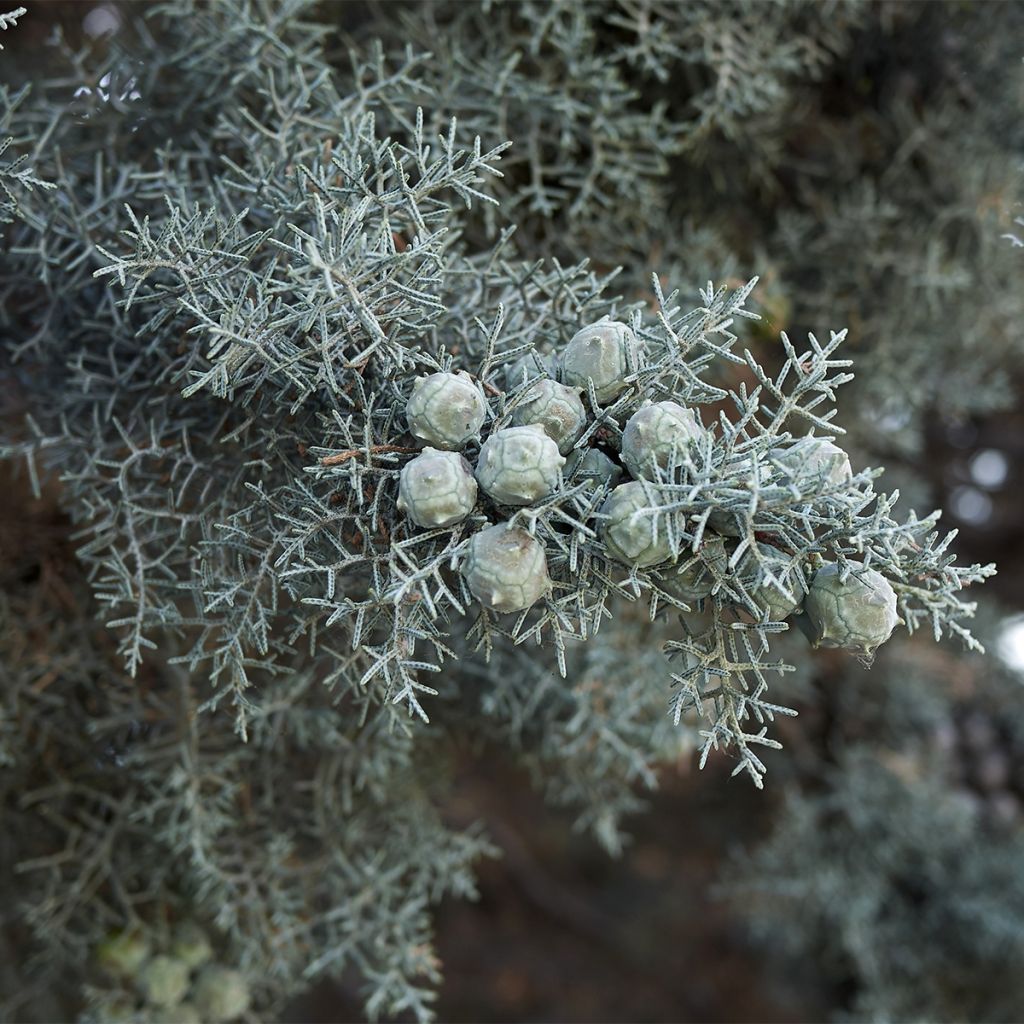

Cupressus arizonica Fastigiata
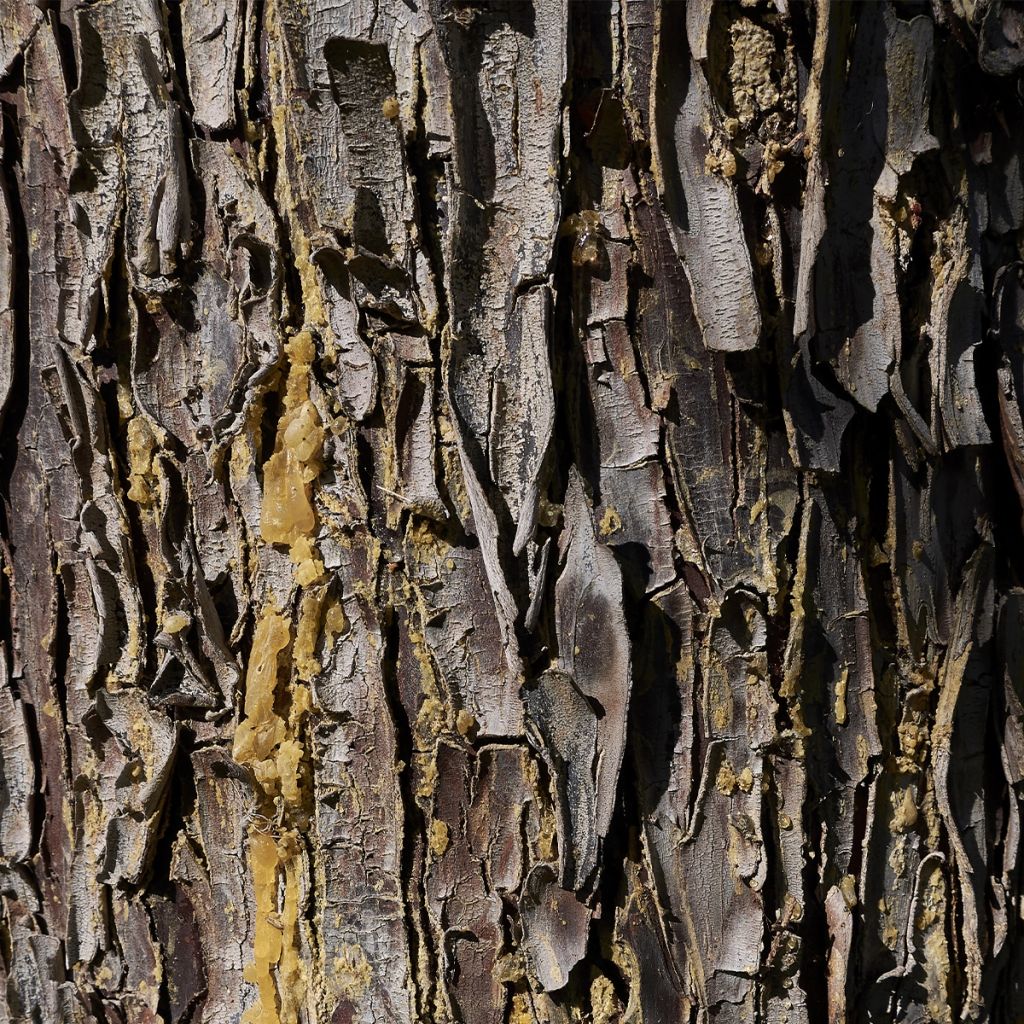

Cupressus arizonica Fastigiata
Cupressus arizonica Fastigiata
Cupressus arizonica Fastigiata
Arizona cypress, Smooth-bark Arizona cypress, Pyramidal cedar
This item cannot be shipped to the selected country
Oversize package delivery charge from €6.90
More information
Schedule delivery date,
and select date in basket
This plant carries a 24 months recovery warranty
More information
We guarantee the quality of our plants for a full growing cycle, and will replace at our expense any plant that fails to recover under normal climatic and planting conditions.
Oversize package: home delivery by special carrier from €6.90 per order..
Express home delivery from €8.90.
Does this plant fit my garden?
Set up your Plantfit profile →
Description
Cupressus arizonica 'Fastigiata' is a fastigiate form of Arizona cypress, with its slender and upright branches forming a narrow, dense and regular column, with a beautiful greenish-blue hue. Fast-growing, this large conifer will become a beautiful specimen in a few years, perfect for marking an entrance, bordering a long alley, or structuring a large space. It is also a hardy and adaptable tree, easy to grow in any well-drained soil, even if calcareous and dry in summer.
Cupressus arizonica, better known as the smooth cypress or blue cypress, is a species of the Cupressaceae family. It is native to the southwest United States and Mexico, particularly Arizona, southwest New Mexico, southern California, and western Texas. It is found in small groups on the slopes of arid mountains in these regions, between 1800 and 2500m (5906ft and 8202ft) altitude, sometimes on very calcareous soils. In nature, Arizona cypress is a medium-sized tree, with a conical to ovoid habit, reaching over 20m (66ft) in height, with a trunk diameter of up to 50cm (20in). The 'Glabra' subspecies, the most commonly cultivated in Europe, is native to central Arizona. It is characterised by its bluish foliage.
'Fastigiata' will reach an average height of 12 to 13m (40 to 43ft) with a spread of 3m (10ft) at maturity. It grows at a rate of about 60cm (24in) per year. The branches of this variety are upright and close to the trunk, which extends upwards like an arrow. The brownish-grey bark cracks and peels with age. The branches bear a dense and healthy foliage, which persists in winter, with a brilliant colour that is a mix of green and bluish-grey, slightly glaucous. It is aromatic and pleasantly fragrant in warm weather. The leaves are scale-like, measuring 2 to 5mm (0.1 to 0.2in) in length, and cover branchlets that are rounded in section, not flattened. The flowering consists of distinct female cones and male cones. The female cones are globose to oblong, measuring from 1.5 to 3.3cm (1in) in length. They are formed by 6 to 14 scales that change from green to grey and grey-brown at maturity, about two years after pollination. They remain closed for several years, only opening after the death of the tree in a fire. The male cones are more subtle, and measure 3 to 5mm (0.1 to 0.2in) in length. They produce pollen in February-March. Its root system is taprooted, allowing it to anchor itself deeply in the soil to draw water and nutrients, and to withstand even strong winds. It has good hardiness in well-drained soil, around -15°C (5°F). However, it is sensitive to waterlogged soils in winter, especially in cold regions.
'Fastigiata' is perfect for highlighting an entrance, or planted as a standalone tree in front of less structured trees. A great choice for dry gardens, even in rocky soil where few trees thrive, its majestic habit and bright foliage make a statement in any garden, whether contemporary, Italian, or Mediterranean style. For example, it can be surrounded by grey foliage plants (Artemisia, lavender, Perovskia atriplicifolia 'Blue Spire', silver mound).
A resistant cypress:
The 'true' Arizona cypress (Cupressus arizonica) mentioned here should not be confused with Cupressus glabra, commonly known as Arizona cypress. While these two species are related, the first one seems to be much less susceptible to cypress canker and the diseases that decimate its hedge cousin, which is often pruned.
Report an error about the product description
Cupressus arizonica Fastigiata in pictures
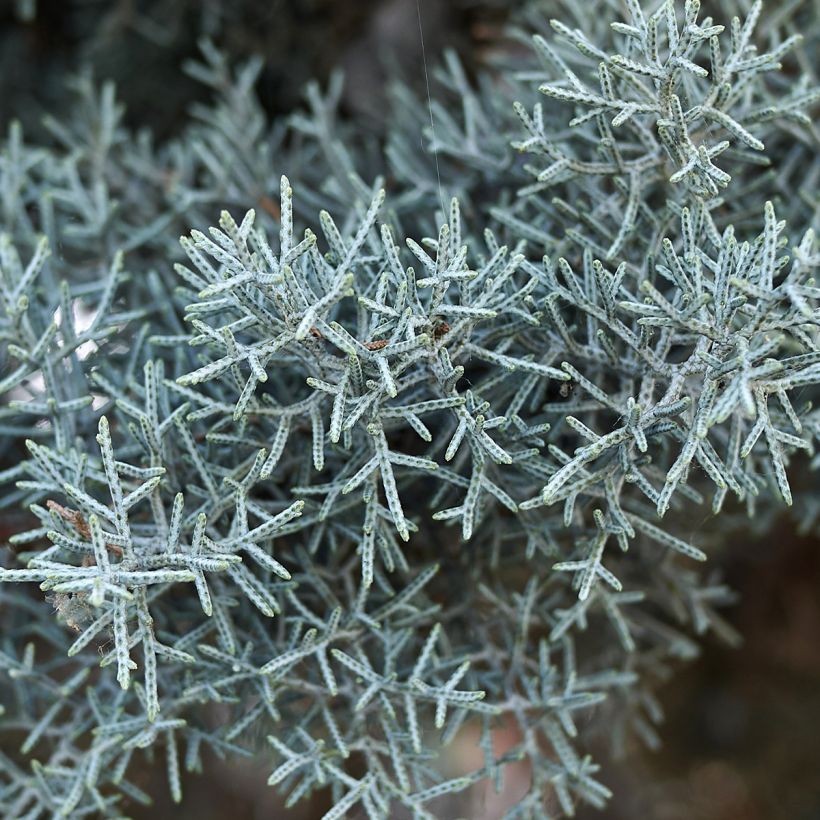

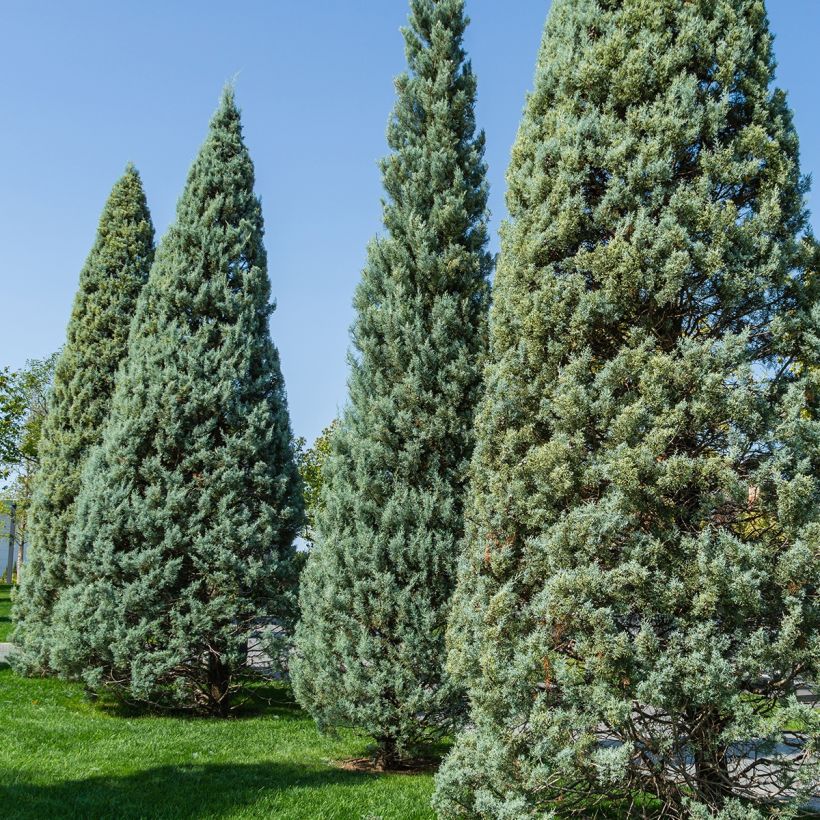

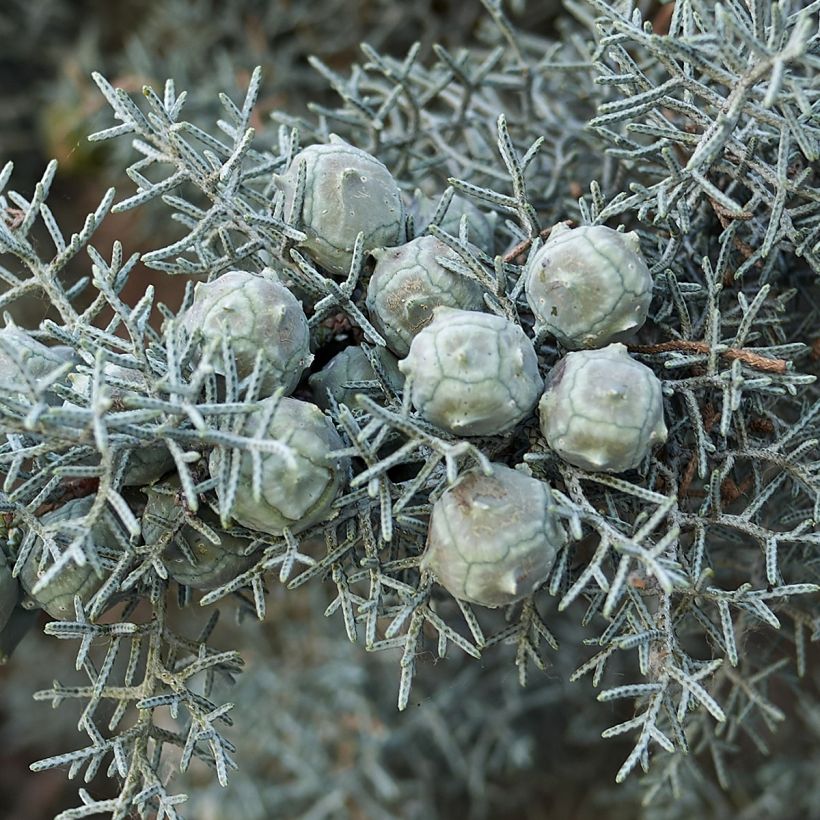

Plant habit
Flowering
Foliage
Safety measures
Botanical data
Cupressus
arizonica
Fastigiata
Cupressaceae
Arizona cypress, Smooth-bark Arizona cypress, Pyramidal cedar
North America
Phytophotodermatoses
Cette plante peut provoquer l'apparition de réactions cutanées indésirables en cas de contact suivi d'une exposition au soleil.
Ne la plantez pas là où de jeunes enfants peuvent évoluer. Evitez l'exposition au soleil après l'avoir manipulée. Evitez tout contact avec la peau: privilégiez l'emploi de gants pour la manipuler. En cas de contact, lavez-vous soigneusement les mains et rincez abondamment à l'eau la zone concernée. Lavez les vêtements entrés en contact. En cas de réaction cutanée, contactez votre médecin ou le centre antipoison le plus proche de chez vous. En cas d'atteinte étendue, appelez sans tarder le 15 ou le 112.Pensez à conserver l'étiquette de la plante, à la photographier ou à noter son nom, afin de faciliter le travail des professionnels de santé.
Davantage d'informations sur https://plantes-risque.info
atteinterespiratoire
Cette plante peut entraîner des symptômes allergiques.
Evitez de la planter si vous ou vos proches souffrez de rhinite saisonnière ("rhume des foins").
Davantage d'informations sur https://plantes-risque.info
Other Cupressus
Planting and care
Plant in a sunny and open position, in rocky, limestone, and poor but well-drained soil. Its taproot will go deep to find water, often present in the subsoil of limestone formations. This plant theoretically resists temperatures down to at least -15°C (5°F), but things get complicated in compact, clayey soil that is waterlogged in winter, as is the case for many plants in arid areas. This conifer is resistant to canker (a pathogenic fungus), if it is not subject to severe or repeated pruning. In any case, its elegant habit does not justify any pruning, and it would be a shame to use this beautiful tree as a hedge. Its most common parasites are red spider mites, aphids, scale insects, and jewel beetles, which are aggressive in warm and dry weather.
Planting period
Intended location
Care
This item has not been reviewed yet - be the first to leave a review about it.
Evergreen shrubs
Haven't found what you were looking for?
Hardiness is the lowest winter temperature a plant can endure without suffering serious damage or even dying. However, hardiness is affected by location (a sheltered area, such as a patio), protection (winter cover) and soil type (hardiness is improved by well-drained soil).

Photo Sharing Terms & Conditions
In order to encourage gardeners to interact and share their experiences, Promesse de fleurs offers various media enabling content to be uploaded onto its Site - in particular via the ‘Photo sharing’ module.
The User agrees to refrain from:
- Posting any content that is illegal, prejudicial, insulting, racist, inciteful to hatred, revisionist, contrary to public decency, that infringes on privacy or on the privacy rights of third parties, in particular the publicity rights of persons and goods, intellectual property rights, or the right to privacy.
- Submitting content on behalf of a third party;
- Impersonate the identity of a third party and/or publish any personal information about a third party;
In general, the User undertakes to refrain from any unethical behaviour.
All Content (in particular text, comments, files, images, photos, videos, creative works, etc.), which may be subject to property or intellectual property rights, image or other private rights, shall remain the property of the User, subject to the limited rights granted by the terms of the licence granted by Promesse de fleurs as stated below. Users are at liberty to publish or not to publish such Content on the Site, notably via the ‘Photo Sharing’ facility, and accept that this Content shall be made public and freely accessible, notably on the Internet.
Users further acknowledge, undertake to have ,and guarantee that they hold all necessary rights and permissions to publish such material on the Site, in particular with regard to the legislation in force pertaining to any privacy, property, intellectual property, image, or contractual rights, or rights of any other nature. By publishing such Content on the Site, Users acknowledge accepting full liability as publishers of the Content within the meaning of the law, and grant Promesse de fleurs, free of charge, an inclusive, worldwide licence for the said Content for the entire duration of its publication, including all reproduction, representation, up/downloading, displaying, performing, transmission, and storage rights.
Users also grant permission for their name to be linked to the Content and accept that this link may not always be made available.
By engaging in posting material, Users consent to their Content becoming automatically accessible on the Internet, in particular on other sites and/or blogs and/or web pages of the Promesse de fleurs site, including in particular social pages and the Promesse de fleurs catalogue.
Users may secure the removal of entrusted content free of charge by issuing a simple request via our contact form.
The flowering period indicated on our website applies to countries and regions located in USDA zone 8 (France, the United Kingdom, Ireland, the Netherlands, etc.)
It will vary according to where you live:
- In zones 9 to 10 (Italy, Spain, Greece, etc.), flowering will occur about 2 to 4 weeks earlier.
- In zones 6 to 7 (Germany, Poland, Slovenia, and lower mountainous regions), flowering will be delayed by 2 to 3 weeks.
- In zone 5 (Central Europe, Scandinavia), blooming will be delayed by 3 to 5 weeks.
In temperate climates, pruning of spring-flowering shrubs (forsythia, spireas, etc.) should be done just after flowering.
Pruning of summer-flowering shrubs (Indian Lilac, Perovskia, etc.) can be done in winter or spring.
In cold regions as well as with frost-sensitive plants, avoid pruning too early when severe frosts may still occur.
The planting period indicated on our website applies to countries and regions located in USDA zone 8 (France, United Kingdom, Ireland, Netherlands).
It will vary according to where you live:
- In Mediterranean zones (Marseille, Madrid, Milan, etc.), autumn and winter are the best planting periods.
- In continental zones (Strasbourg, Munich, Vienna, etc.), delay planting by 2 to 3 weeks in spring and bring it forward by 2 to 4 weeks in autumn.
- In mountainous regions (the Alps, Pyrenees, Carpathians, etc.), it is best to plant in late spring (May-June) or late summer (August-September).
The harvesting period indicated on our website applies to countries and regions in USDA zone 8 (France, England, Ireland, the Netherlands).
In colder areas (Scandinavia, Poland, Austria...) fruit and vegetable harvests are likely to be delayed by 3-4 weeks.
In warmer areas (Italy, Spain, Greece, etc.), harvesting will probably take place earlier, depending on weather conditions.
The sowing periods indicated on our website apply to countries and regions within USDA Zone 8 (France, UK, Ireland, Netherlands).
In colder areas (Scandinavia, Poland, Austria...), delay any outdoor sowing by 3-4 weeks, or sow under glass.
In warmer climes (Italy, Spain, Greece, etc.), bring outdoor sowing forward by a few weeks.

































